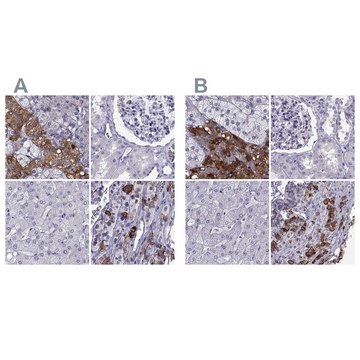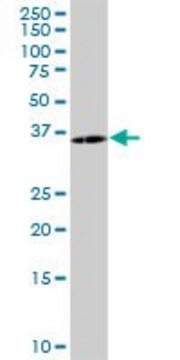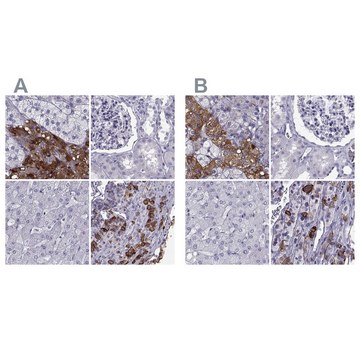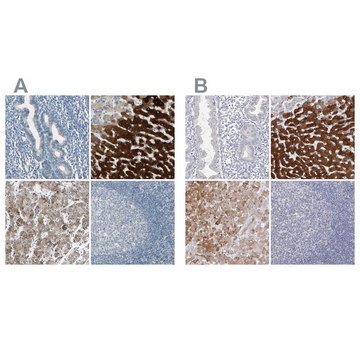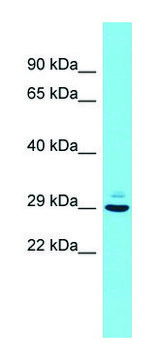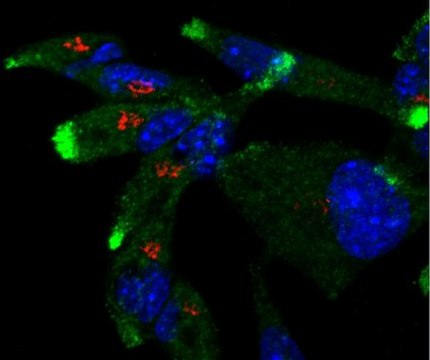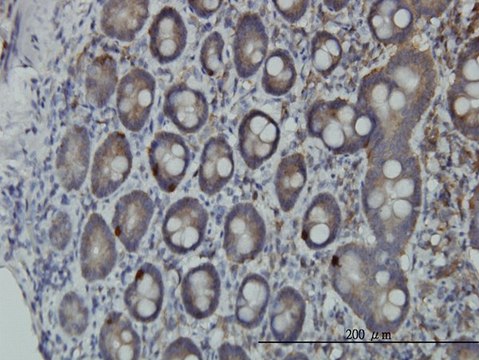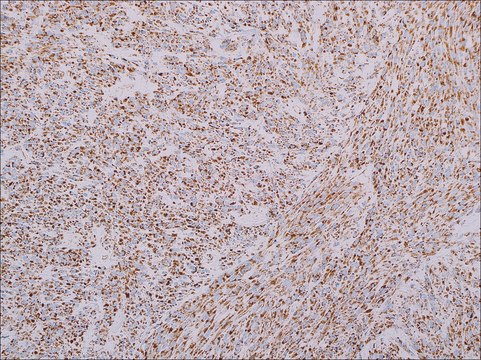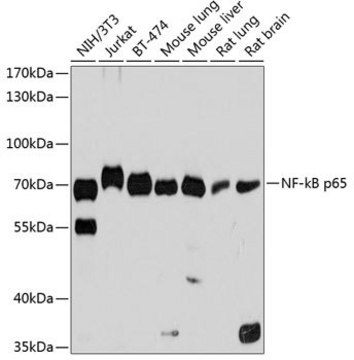ABN2268M
Anti-proSAAS
serum, from rabbit
Synonym(s):
IA-4, Proprotein convertase subtilisin/kexin type 1 inhibitor, Proprotein convertase 1 inhibitor, pro-SAAS
About This Item
Recommended Products
biological source
rabbit
Quality Level
antibody form
serum
antibody product type
primary antibodies
clone
polyclonal
species reactivity
rat, mouse, human
technique(s)
immunocytochemistry: suitable
immunofluorescence: suitable
western blot: suitable
isotype
IgG
NCBI accession no.
UniProt accession no.
shipped in
ambient
target post-translational modification
unmodified
Gene Information
human ... PCSK1N(27344)
mouse ... Pcsk1N(30052)
General description
Specificity
Immunogen
Application
Immunofluorescence Analysis: A representative lot detected proSAAS in Immunofluorescence applications (Jarvela, T.S., et. al. (2016). Proc Natl Acad Sci USA. 113(32):E4708-15; Hoshino, A., et. al. (2014). J Neurochem. 128(3):419-30; Guest, P.C., et. al. (2002). J Endocrinol. 175(3):637-47).
Western Blotting Analysis: A representative lot detected proSAAS in A immunoprecipitated from mouse brain lysates (Hoshino, A., et. al. (2014). J Neurochem. 128(3):419-30). Notes: Treating blots with 1% glutaraldehyde in PBS for 30 min prior to blocking significantly increased the proSAAS signal and reduces the background.
Immunocytochemistry Analysis: A representative lot detected proSAAS in SH-SY5Y cells (Jarvela, T.S., et. al. (2016). Proc Natl Acad Sci USA. 113(32):E4708-15).
Quality
Western Blotting Analysis: A 1:10,000 dilution of this antibody detected His-tagged mouse proSAAS recombinant protein. Note: For most biological samples a range of 1:1000 for Western blotting and 1:500 for IHC is recommended.
Target description
Other Notes
Not finding the right product?
Try our Product Selector Tool.
Storage Class Code
12 - Non Combustible Liquids
WGK
WGK 1
Flash Point(F)
Not applicable
Flash Point(C)
Not applicable
Certificates of Analysis (COA)
Search for Certificates of Analysis (COA) by entering the products Lot/Batch Number. Lot and Batch Numbers can be found on a product’s label following the words ‘Lot’ or ‘Batch’.
Already Own This Product?
Find documentation for the products that you have recently purchased in the Document Library.
Our team of scientists has experience in all areas of research including Life Science, Material Science, Chemical Synthesis, Chromatography, Analytical and many others.
Contact Technical Service